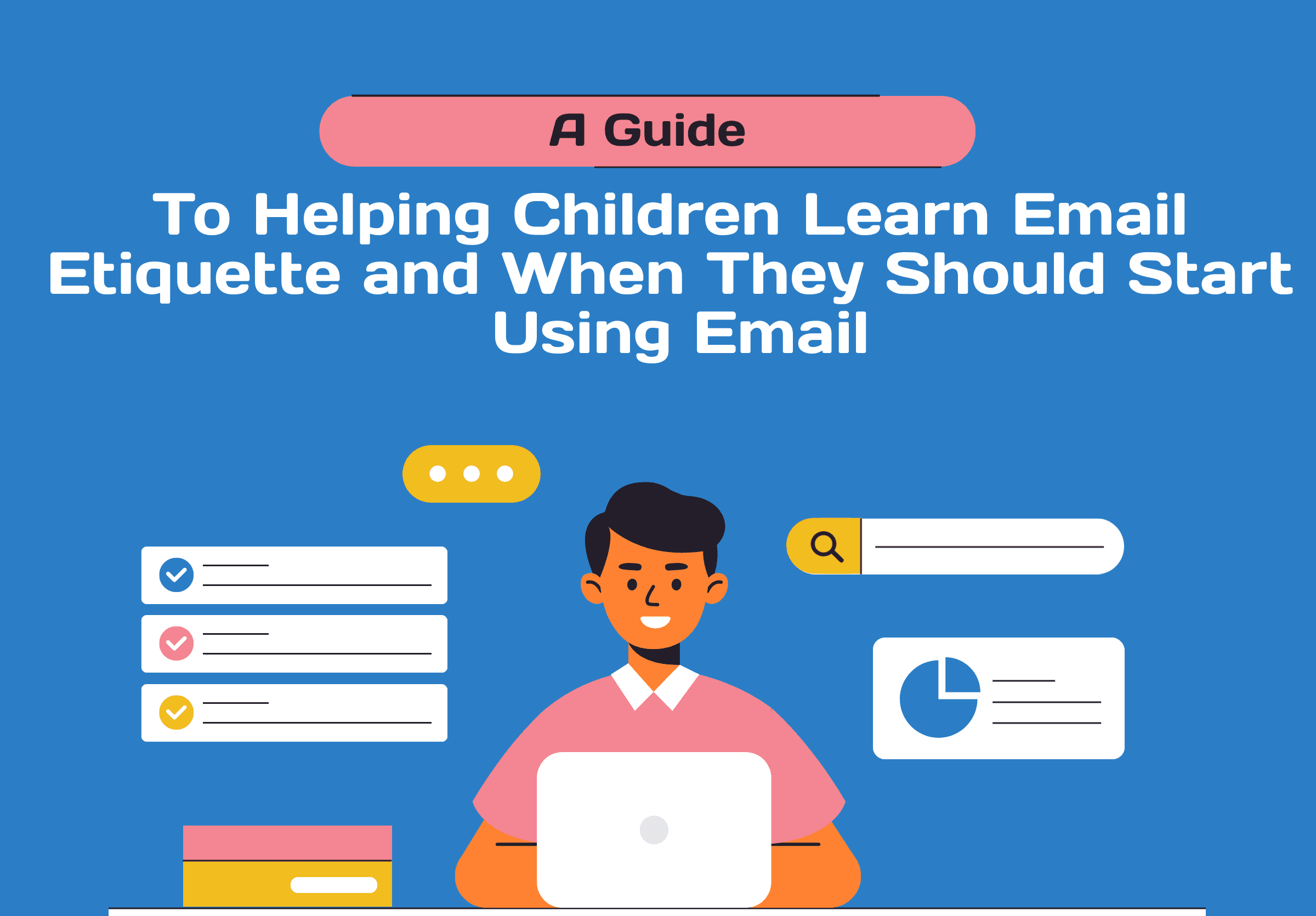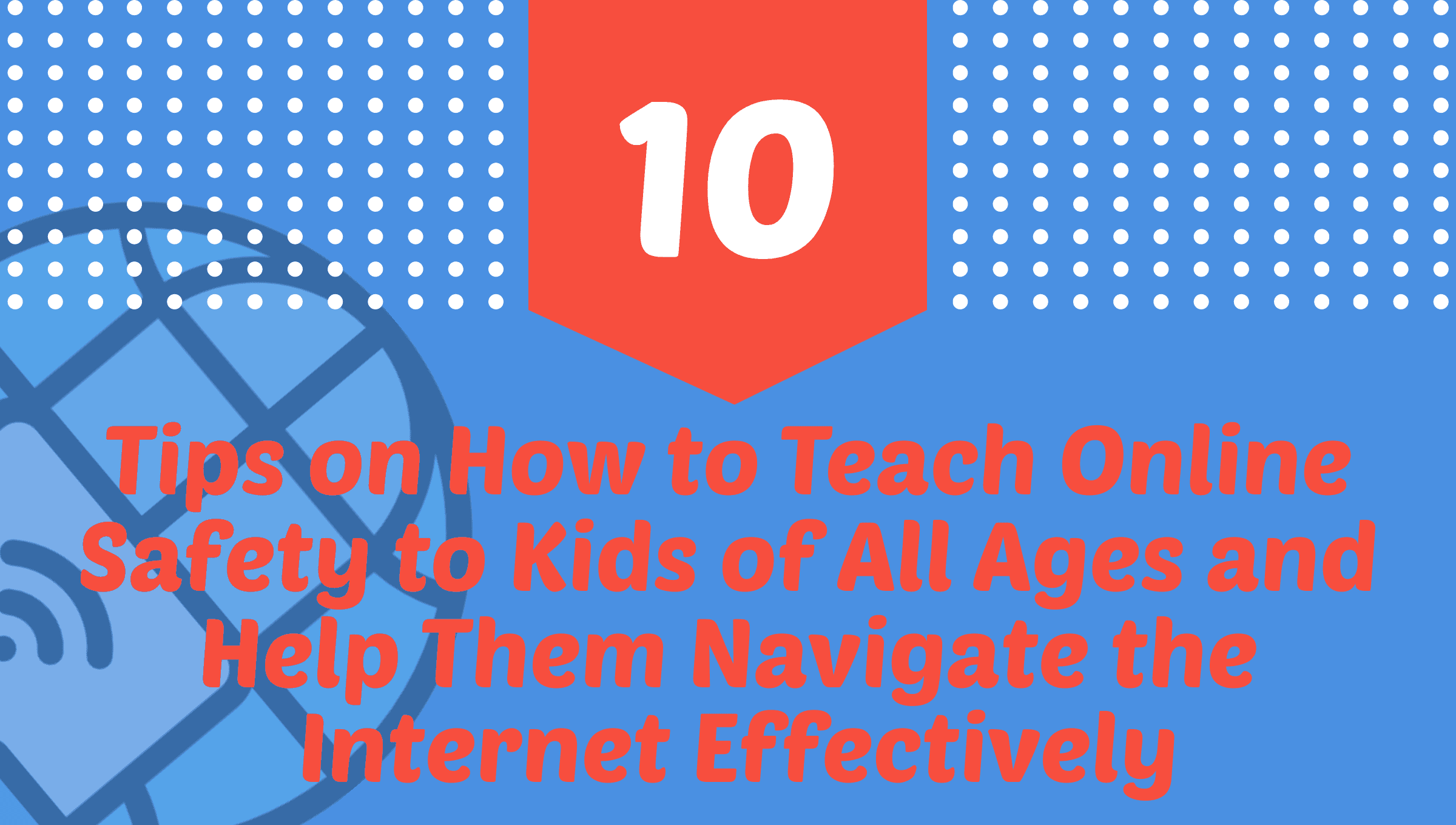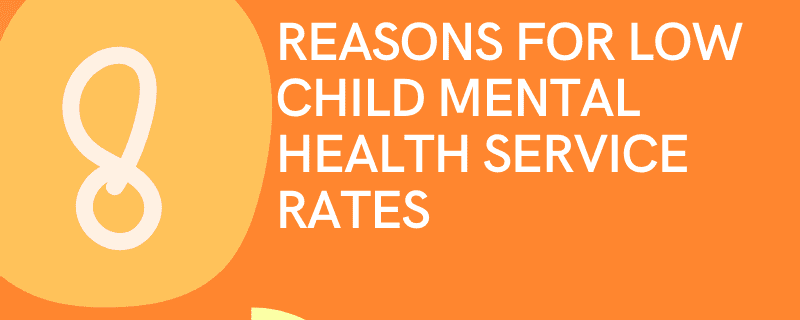Table of Contents

Speech and language disorders are common in children in the United States, affecting approximately 8-9% of children. These disorders can impact a child’s ability to communicate effectively, and if left untreated, can lead to significant difficulties in social, academic, and emotional functioning.
Speech disorders refer to difficulties with producing sounds, while language disorders refer to difficulties with understanding or using language. Some of the common speech and language disorders in children include:
- Articulation disorders: Difficulty with pronouncing sounds correctly.
- Language disorders: Difficulty with understanding or using language.
- Fluency disorders: Difficulty with speaking smoothly, such as stuttering.
- Voice disorders: Difficulty with voice quality or vocal volume.
Early diagnosis and treatment of speech and language disorders is critical to improving outcomes for children. Treatment may involve speech therapy, language therapy, or a combination of both. Therapy may focus on improving speech production, language comprehension and expression, and social communication skills.
Parents can also support their child’s language development at home by:
- Talking and reading to their child regularly.
- Using simple, clear language when communicating with their child.
- Providing opportunities for their child to interact with others and practice their communication skills.
- Encouraging their child to ask questions and express themselves.
If a parent suspects their child may have a speech or language disorder, they should consult with their child’s pediatrician or a speech-language pathologist for an evaluation and appropriate treatment. With early intervention and support, children with speech and language disorders can make significant progress in their communication skills and overall development.
Types of Therapy Used to Treat Speech and Language Disorders in Kids
Children with speech and language impairments can be treated with a variety of therapies, including:
- Articulation therapy: This kind of treatment aims to enhance a child’s capacity to correctly create particular speech sounds. To teach the child how to place their tongue, lips, and jaw correctly to produce particular sounds, the therapist may employ a variety of strategies.
- Language therapy: This kind of treatment tries to enhance a child’s capacity for language comprehension and expression. To aid in the development of skills like vocabulary, grammar, and sentence structure in the kid, the therapist may employ games, stories, and other exercises.
- Augmentative and alternative communication (AAC): This type of therapy uses picture boards or electronic gadgets as communication aids for kids who struggle with spoken communication.
- Oral motor therapy: This type of treatment aims to enhance a child’s oral motor abilities, such as their capacity to swallow and chew food and to make specific speech sounds.
- Fluency therapy: Children who stutter or have other fluency issues can benefit from this form of therapy. The child’s fluency may be improved by the therapist using methods like slow, deliberate talking and breathing exercises.
- Social communication therapy: This type of therapy focuses on helping children develop social communication skills, such as turn-taking, eye contact, and interpreting nonverbal cues.
The goal of social communication therapy is to assist kids in acquiring social communication abilities like taking turns, maintaining eye contact, and recognizing nonverbal clues.
Conclusion
In conclusion, speech and language disorders affect a significant percentage of children in the United States, impacting their ability to communicate effectively and potentially leading to challenges in various aspects of their lives. These disorders encompass difficulties in articulation, language comprehension and expression, fluency, and voice quality.
Early diagnosis and intervention are crucial for improving outcomes in children with speech and language disorders. Treatment often involves speech therapy, language therapy, or a combination of both, addressing specific areas of difficulty such as speech production, language comprehension and expression, and social communication skills. Parents play a vital role in supporting their child’s language development at home through regular communication, reading, and providing opportunities for social interaction.
Several types of therapy are utilized to address speech and language disorders in children, including articulation therapy, language therapy, augmentative and alternative communication (AAC), oral motor therapy, fluency therapy, and social communication therapy. Each type of therapy targets specific aspects of communication, aiming to enhance a child’s overall language skills and promote successful communication.
Parents who suspect their child may have a speech or language disorder should seek professional evaluation and guidance from their child’s pediatrician or a speech-language pathologist. With early intervention and appropriate support, children with speech and language disorders can make significant progress, improving their communication skills and overall development.
What are speech and language disorders, and how common are they in US children?
Speech and language disorders affect 8-9% of US children, involving difficulties in producing sounds correctly and using language effectively.
What are common types of speech and language disorders in children?
Common types include articulation disorders (sound pronunciation), language disorders (understanding or using language), fluency disorders (speaking smoothly), and voice disorders (voice quality or volume issues).
Why is early diagnosis and treatment important for these disorders?
Early diagnosis and treatment are crucial to prevent social, academic, and emotional difficulties in children.
How can parents support their child’s language development at home?
Parents can help by regularly talking, reading, providing interaction opportunities, and encouraging expression.
What types of therapy are used for treating these disorders?
Therapy options include articulation, language, augmentative communication, oral motor, fluency, and social communication therapies, targeting specific communication challenges.



